The Guinea-Bissau Accelerator Lab (GW Lab) conducted a Learning Cycle inside the Country Office (CO) with the objective of understanding the relationship between national and international staff / programme and operations staff. Two years on, we review the results and lessons learnt from this learning cycle.
Re-inventing Communication in the Guinea-Bissau Country Office
November 10, 2022
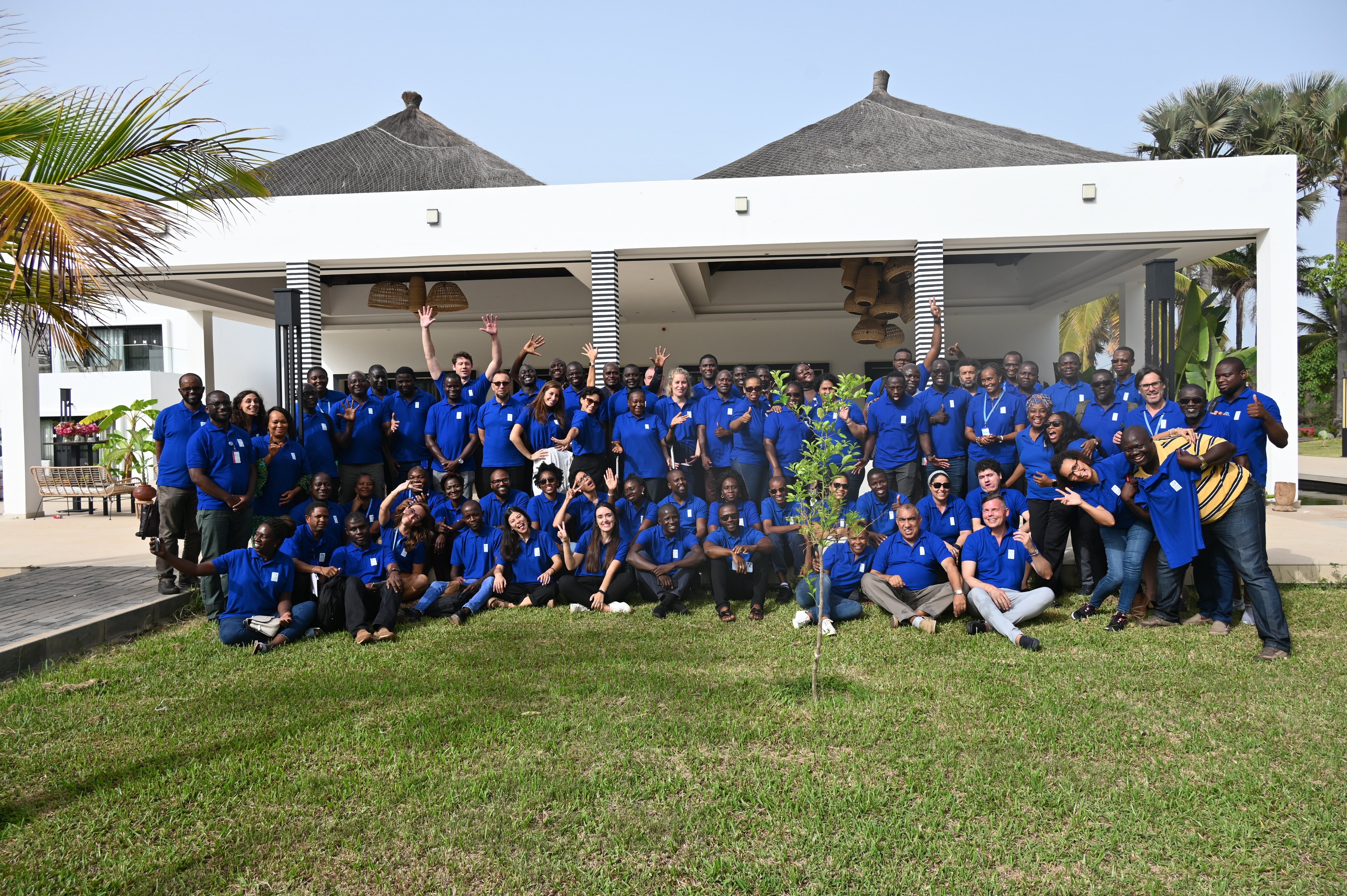
Guinea-Bissau CO Staff at 2021 Retreat
Context
With reoccurring discussions regarding the relationships between national & international and programme & operations staff, the RR, Tjark Egenhoff, understood that the entire CO could benefit from understanding the root cause of these discussions.
The GW Lab therefore began an exploration to understand the perspective of the staff members in the CO on several areas including:

Extract from exploration phase of cycle.
The Questionnaire
The questionnaire developed explored the perspectives of staff related to national and international staff (Perceived Challenge 1) and that between programme and operations (Perceived Challenge 2) day-to-day interactions. Some of the comments made by staff have been captured below:
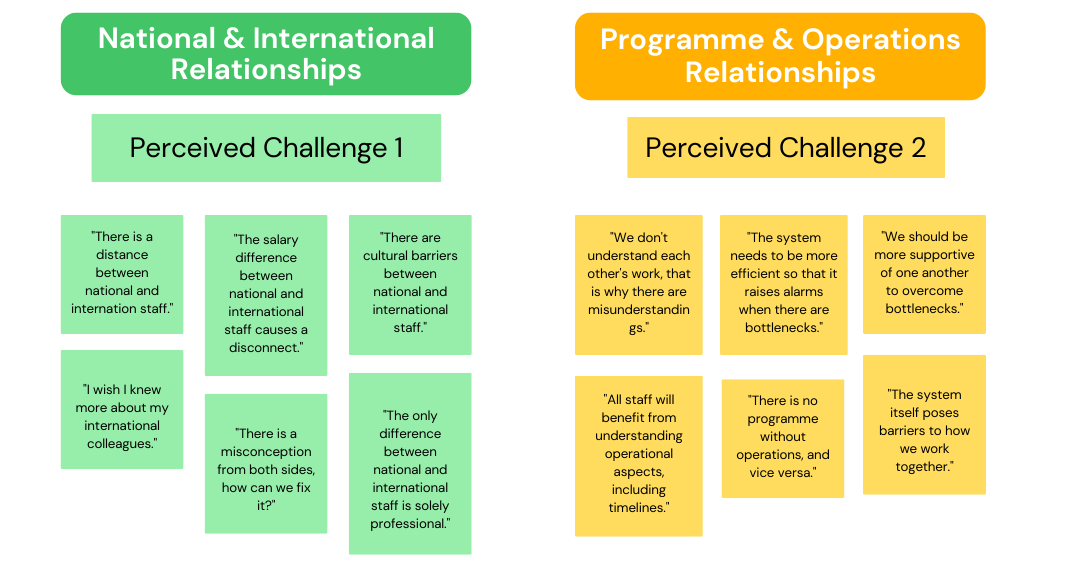
Extract of some quotes shared by staff during interviews.
The synthesis demonstrated that the perceived challenges were present, however there were emerging reoccurring discussions that were not evident before the exploration phase.
Our Synthesis
In total the GW Lab interviewed 42 of 95 (Jan 2021) staff members in a period of two weeks via a qualitative questionnaire of 24 questions. The core characteristics of those interviewed have been captured below.
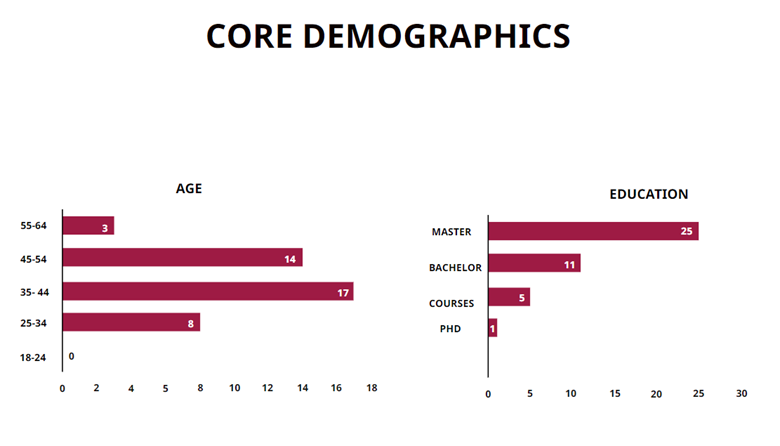
Age and Education of those who completed the questionaire.
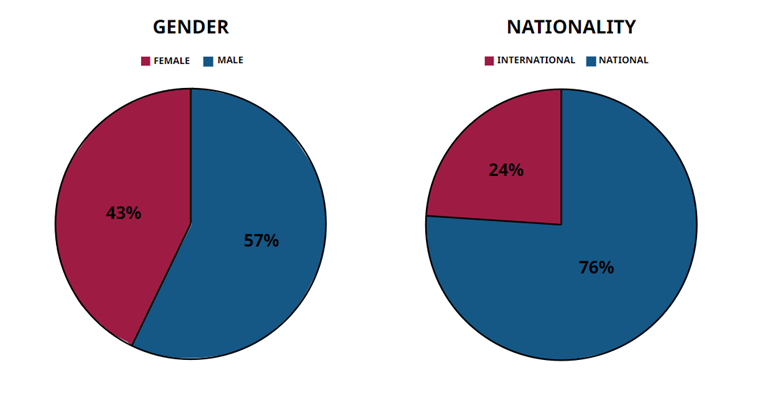
The gender and nationality of staff members who completed the questionnaire.
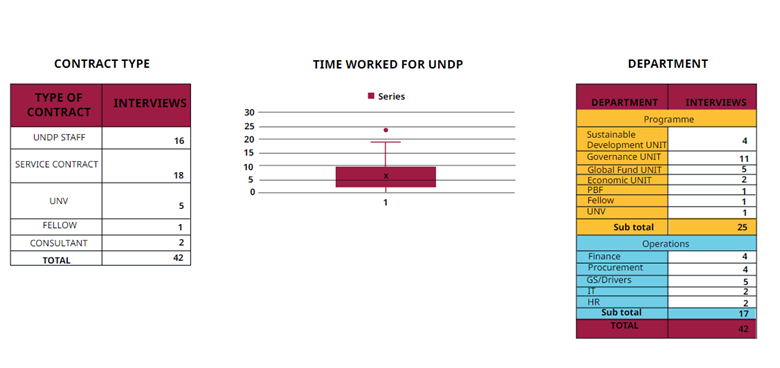
Data covering the contract type, time worked at UNDP and respective departments.
What We Tested
From the synthesis conducted following the data that was gathered, there were clear patterns that raised the Emerging Challenges. Emerging challenges were those which were not identified to begin with, but through breaking down the components of Perceived Challenge 1 & 2 became evident.
The Emerging Challenges demonstrated the underlying differences which were causing the friction between colleagues, namely:
1. Lack of communication between staff in Perceived Challenge 1 & 2.
2. Differing work conditions and benefits granted to staff in Perceived Challenge 1 & 2.
3. Inability to interact on a social comradery level for staff in Perceived Challenge 1.
Test Limitations
The GW Lab chose to follow the lead of Emerging Challenge 1 to improve communication and test solutions addressing Perceived Challenge 1 and 2, as it was the most commonly mentioned bottleneck. Additionally, as work conditions/benefits are not decided by SM locally and due to the pandemic social interactions were limited during this learning cycle, it was unrealistic to pursue Emerging Challenge 2 & 3.
Djumbai
From the synthesis, we learned that staff members felt as though they understood their projects and a few of their clusters, but had no overall understanding of other projects in the CO. Through the synthesis we identified existing initiatives in CO which were made to share knowledge and one specific initiative, called Djumbai, was used by SM to share messages and took place in person in an irregular manner.
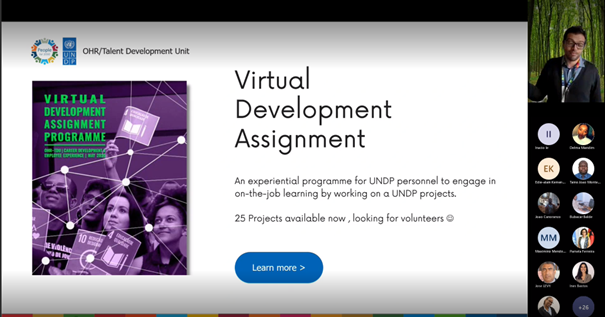
Virtual Djumbai session screengrab with a guest.
The GW Lab co-designed a more interactive version of the Djumbai in collaboration with a focus group and tested this hypothesis using four iterations, in which at the end of each Djumbai an evaluation form was completed by participants. By the end of the four iterations tested, the GW Lab added the new components, which were:

Results of Djumbai Iteration
The results of each of the techniques tested in the four Djumbais demonstrated that over 90% of staff felt more confident in talking about projects outside their clusters/units, 100% felt the Djumbai was instrumental to improving communications amongst colleagues and 95% felt that Djumbais helped them feel part of shared goal.
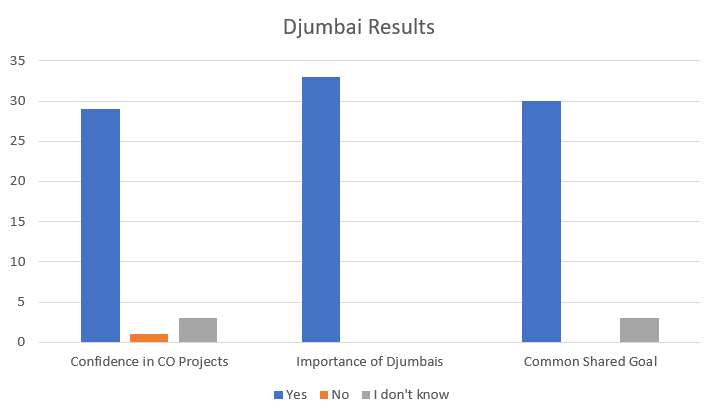
Plotted results of the surveys conducted after each Djumbai.
Department Directory
From the synthesis it was also identified that, due to COVID-19, and many staff having to work remotely, colleagues did not know who was who and what each colleague looked like. Through a focus group, we observed conversations and tried to understand what solutions were raised. It was discussed that the existing staff directory was useful, albeit it could be made better if it was more visual.

Photograph of the Physical Version of Department Directory.
Results of the Department Directory
The Lab therefore developed a form, which requested basic information about each staff member, as well as a face picture. Once the Department Directory was launched, we conducted a survey, and the results were as follows:

Screen grab of survey results.
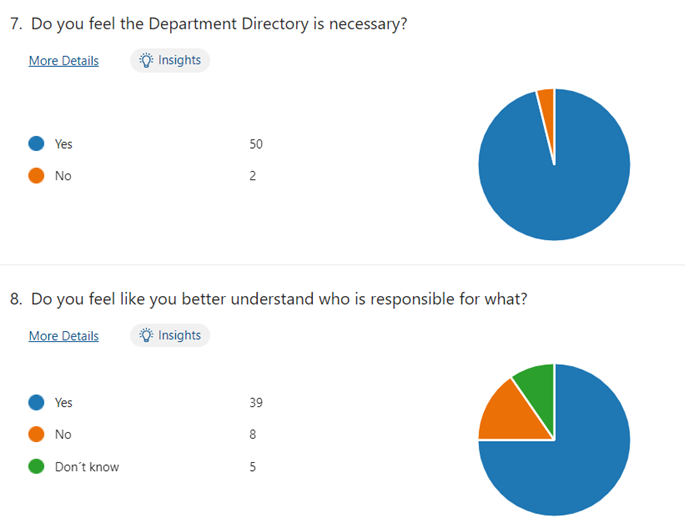
Screen grab of survey results.
The results demonstrated that colleagues believed that the Directory changed the way in which they interacted in the office, but also the way in which they identified each other in the office. One big concern raised by colleagues was that it would require a lot of editing and printing and requested that all future versions were moved online only.
What’s Up Clusters?
In addition to the Djumbai, that included an exchange of experiences between staff members, the What’s Up Clusters? was developed as a monthly bulletin which included a focal point from each Cluster who was responsible for identifying:
-
Projects focal points
-
Project Descriptions
-
Implementing Partners
-
Project updates
-
Monthly upcoming events for each project
The Lab evaluated the bulletin through conducting focus groups with the cluster focal points to understand how they felt and if the bulletin was useful.
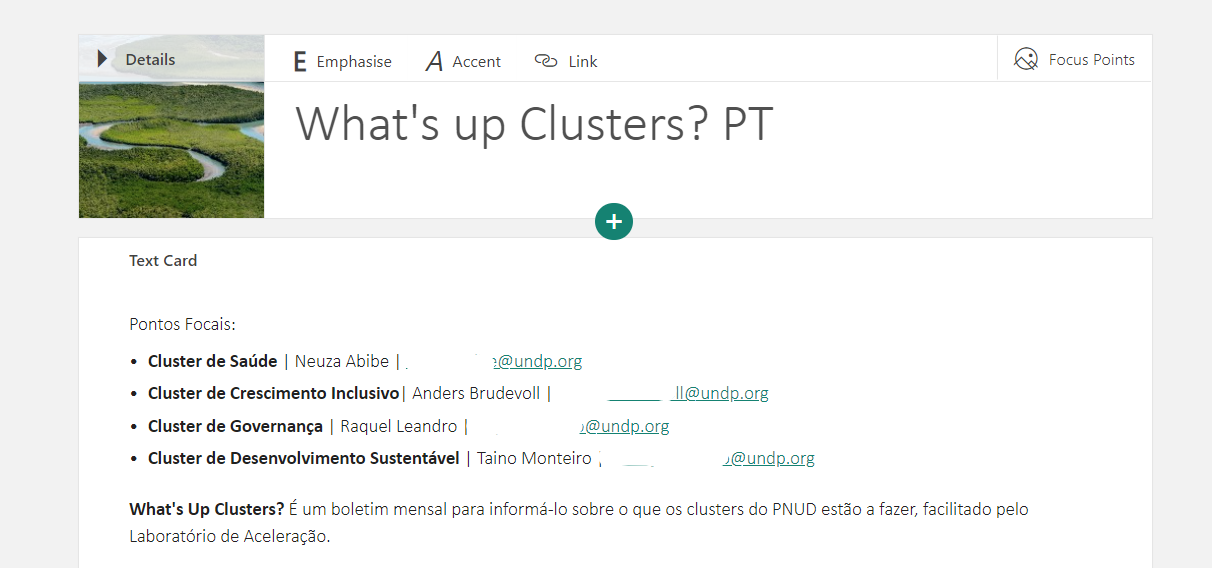
Screen grab of the What's Up Clusters? Sway
Results of What’s Up Clusters?
The results of the evaluation demonstrated that colleagues thought the process of putting the bulletin together was too time consuming, they believed the work was duplicated as there was already an internal newsletter and that the structure of the Sway was too confusing to work with. A global evaluation conducted by all staff showed that more than 80% of staff had never read the bulletin, 60% believed it was too much writing and over all 90% did not deem the bulletin useful. This initiative was later discontinued.
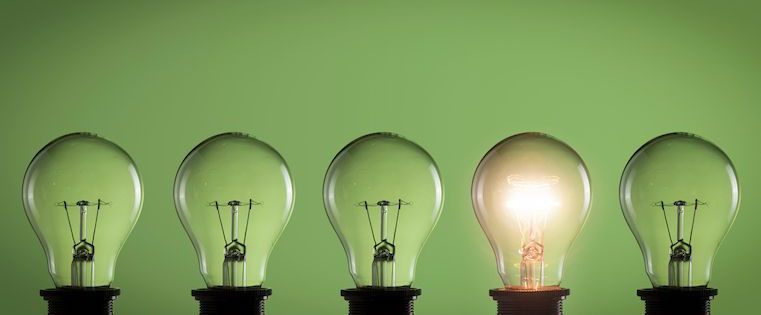
Colleagues at All Staff Retreat 2022

 Locations
Locations